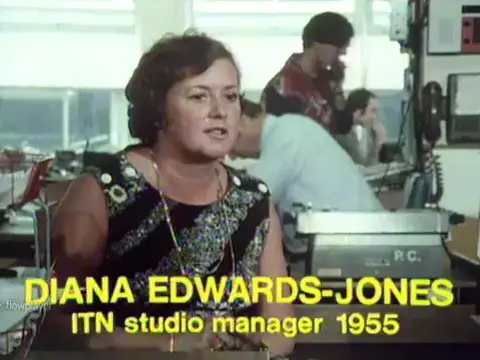08-03-2024, 07:19 PM
(08-03-2024, 06:35 PM)lookoutwales Wrote: Back to the archive - and screen test footage of Barbara Mandell, ITN's first female newscaster, who was lined up to present their midday bulletins (the heavy start-up losses incurred soon put pay to that)
She went onto have stints as a weekend newscaster and reporter, before working behind the scenes on News at 545.
www.youtube.com
You also have to remember in 1955, British television was limited by the government on how many hours per day they could air - the maximum set in 1955 was 7 hours per day (excluding sporting coverage, religious programmes and special events) - so having a news at Midday along with daytime programming was soon to be shown to be wasting valuable money and so come 1956, most ITV companies focused on airing their full 7 hours per day from late afternoon. The ad revenue was better placed in the late afternoon and prime time slots.

![[-]](https://pres.cafe/images//collapse.png)

